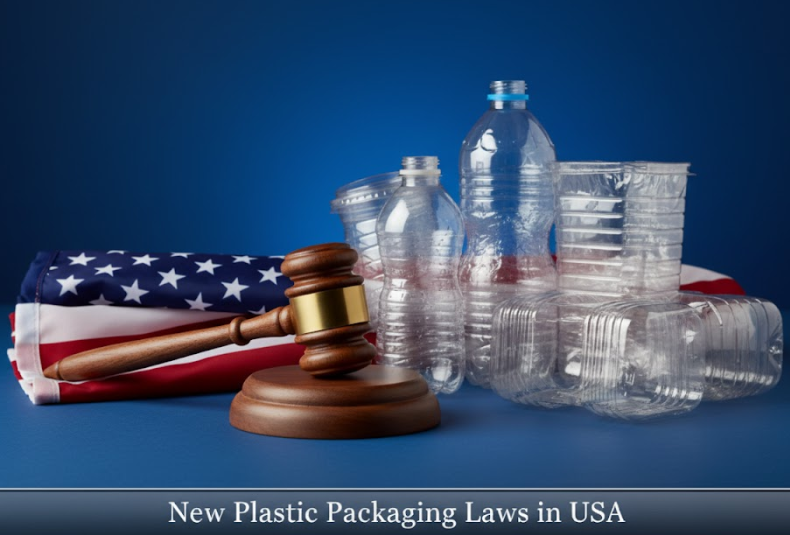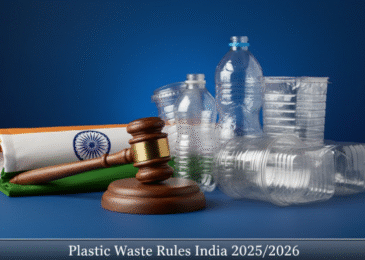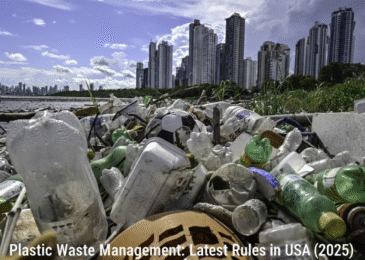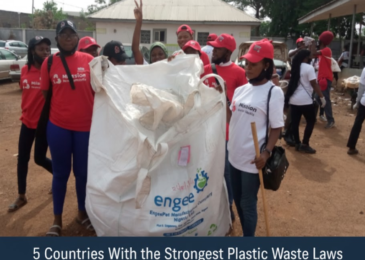Every week, the average American is connected to about 18 pounds of packaging. That’s a staggering amount when you multiply it across the whole country. But the real issue is that for every 8 pieces of plastic packaging in use, only 1 actually gets recycled.
This is not just a problem for the USA; it’s part of a global pattern I’ve watched closely in my work at Hemp Foundation. But in the US, the scale is especially striking, and it’s triggered a new urgency for action.
Several US states have decided they can’t wait any longer. They’re bringing in much stricter rules for plastic packaging—
- banning things like single-use plastics and polystyrene foam,
- requiring that a certain amount of recycled material is used, and
- making it much clearer what companies can and cannot claim on their labels.
If you’re reading this in America, you might already notice changes at your grocery store or your favorite café. New packaging. New signs. Sometimes new fees. If you’re not in the US, you’ll likely hear about these changes soon, because what happens in the US market often sets off a ripple effect globally.
But why is 2025 such a big deal for these new laws?
And how will these changes affect not just businesses, but also the choices available to ordinary people?
Let’s look further into the new plastic packaging laws in the USA and why 2025 is a turning point.
What’s changing in USA plastic packaging laws in 2025?
You might already know that the USA doesn’t have a federal ban on plastic packaging. Instead, the action is happening at the state level.
Bans and Restrictions
- Twelve states have enacted laws to ban single-use plastic bags in 2025.
- Several states also restrict the use of excessive packaging.
Direct Producer Responsibility
As of October 2025, seven states have started holding companies directly responsible for the packaging they put on shelves:
- California
- Maryland
- Washington
- Minnesota
- Colorado
- Oregon
- Maine
These Extended Producer Responsibility (EPR) laws shift the costs and responsibility for collecting and recycling packaging from consumers to producers. That means companies now have to pay—and innovate—when it comes to plastic packaging waste.
Truthful Labeling
New labeling rules are rolling out to keep brands honest about what’s actually recyclable or compostable.
Let’s look at the specifics of these state laws, focusing first on the seven states with EPR packaging bans in the guide below:
| State | Law / Program (Status in 2025) | Highlights (2025) |
| California | SB 54 (Plastic Pollution Prevention and Packaging Producer Responsibility Act) | 100% single-use packaging recyclable/compostable by 203225% plastic reduction; 65% recycling rate by 2032 Producers must join a PRO and fund recycling |
| Colorado | Producer Responsibility Program for Statewide Recycling (HB 22‑1355) | Packaging data reporting mandatory Producers must join a PRO by July 1 2025 |
| Oregon | Plastic Pollution and Recycling Modernization Act (SB 582) | PRO-funded expansion of curbside recyclingStandardized statewide materials list |
| Maine | Packaging Stewardship Program (LD 1541) | Producer registration by May 2026 Municipalities reimbursed for recycling costs |
| Minnesota | Packaging Waste and Cost Reduction Act (HF 3911) | 90% cost reimbursement for recycling/compostingBy Jan 2032, all packaging must be refillable, reusable, recyclable, or compostable |
| Washington (new in 2025) | Recycling Reform Act (SB 5284) | PRO appointment by Jan 1 2026; registration by March 2026; join by July 2026 50% cost coverage by 2030; 90% by 2032 |
| Maryland (new in 2025) | Packaging Producer Responsibility law (SB 901) | Recyclable materials list by July 1 2027 50% cost reimbursement by 2028; 90 % by 2030 |
California usually sets the pace for sweeping changes in the USA and plastic packaging laws are no different.
California’s SB 1046, which came into effect on January 1, 2025, allows only recycled paper or compostable produce/meat bags at grocery stores.Starting next year, all checkout plastic bags will be banned (SB 1053).
Only recycled paper bags with 40% post-consumer content (rising to 50% by 2028) will be allowed. Stores will have to charge at least 10¢ per bag. The states’ Executive Order 14081 also aims for 90% bio-based plastics in 20 years.
Other states are phasing in their own EPR and producer responsibility rules:
- Maryland and Washington have launched or finalized their EPR laws in 2025.
- Maine passed its law in 2021 but is fully launching new rules in the coming year.
Most states require producers to join a “producer responsibility organization” (PRO), which should improve recycling services and encourage sustainable packaging for everyone.
Other Packaging and Plastic Bans in 2025
Polystyrene foam bans (sometimes called Styrofoam) are sweeping across more states:
- Delaware: Foam containers, plastic stirrers, cocktail/sandwich picks, and shrink wrap are banned (SB 51, SB 263).
- Rhode Island: Food businesses can’t serve food or drink in foam packaging (S2850).
- Virginia: Ban extended from chain restaurants to all food vendors.
- Oregon: Food vendors cannot use foam containers (SB 543).
Single-use plastic toiletry bans in hotels
- In New York, Illinois, and Washington, large hotels can no longer offer small plastic shampoo or lotion bottles.
- In many states, this is expected to expand to all hotels by 2026.
Other new labeling and content rules
- Michigan (Feb 2025): Disposable wipes must be clearly labeled as ‘flushable’ if applicable.
- Minnesota (Jan 2025): Packaging and 10 other product categories may not contain added PFAS chemicals.
In short, while there’s no nationwide plastic packaging ban in the USA, a growing number of states are introducing strict bans, labeling rules, and Extended Producer Responsibility laws.
All of these rules are making companies rethink not just what materials they use, but also how they communicate with shoppers.
How are product labels and recycling symbols changing?
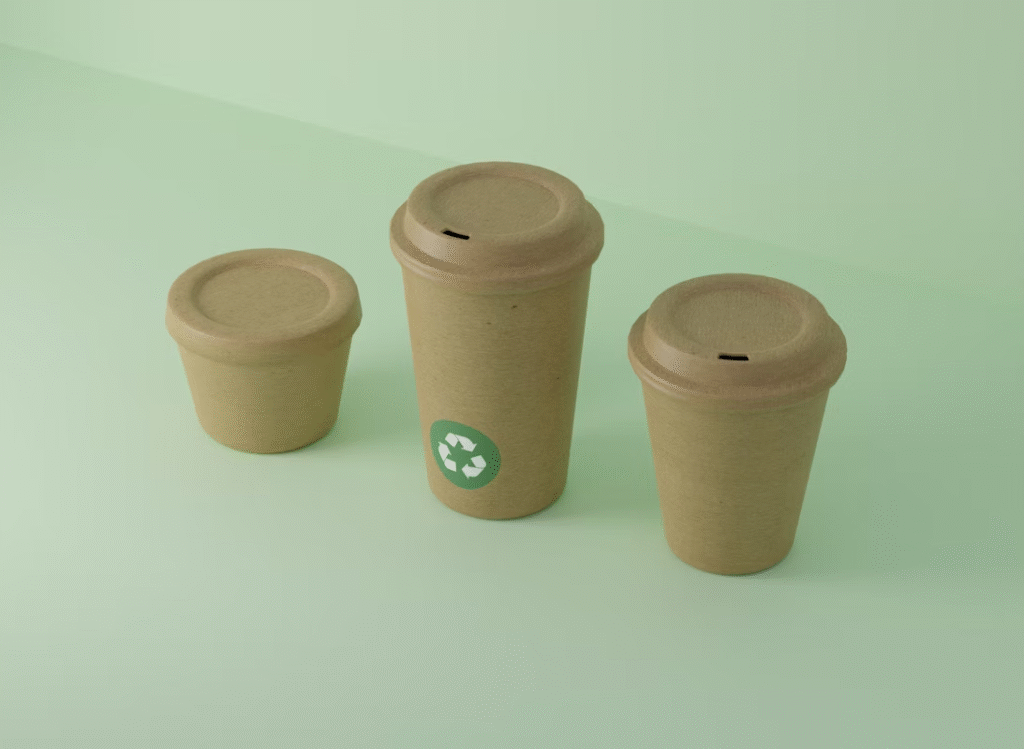
Let’s talk about something you have probably seen on every package: the “chasing arrows” recycling symbol. In the US, there is a major shift happening around what these symbols really mean.
California has introduced a strict rule called “truth in labeling.” This means, starting soon, companies can’t put the recycling symbol or the word “compostable” on their packaging unless it’s genuinely recyclable or compostable.
To put it simply:
- If a package says “recyclable”, it must actually be accepted in at least 60% of recycling programs across California.
- From October 2026, anything that doesn’t pass this test won’t be allowed to use the symbol or label.
- This is all about putting a stop to “greenwashing,” where brands make their packaging seem greener than it really is.
But California is not alone. The FTC (Federal Trade Commission) Green Guides are also due for a major update in 2025 to clarify what counts as a legitimate environmental claim across the USA. These guides will likely ban misleading recycling symbols and force brands to prove their packaging is recyclable or compostable.
Moving now, let’s look at other state rules about minimum recycled plastic requirements in packaging.
What are the new recycled content (PCR) rules in the USA (2025)?
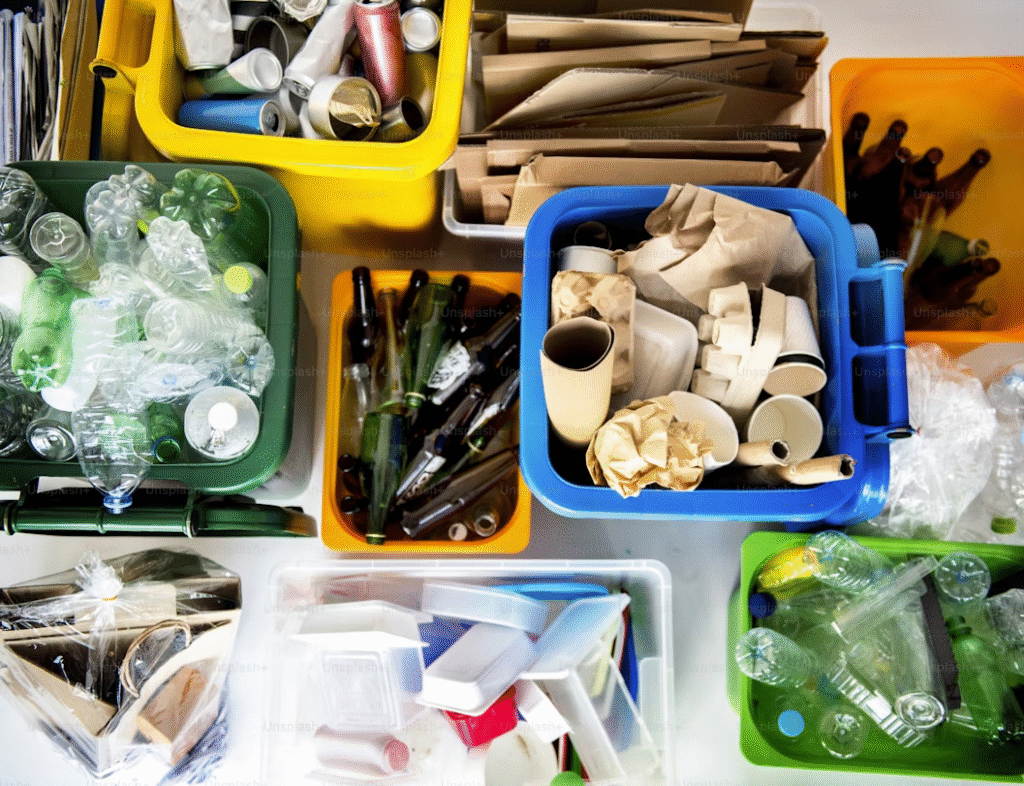
Some states are also putting PCR (post-consumer recycled) mandates on plastic packaging:
- California AB 793 required that all plastic beverage bottles sold in the state contain at least 25% recycled content from January 1, 2025. This will jump to 50% by 2030.
- Washington and New Jersey are introducing similar recycled content requirements, especially for plastic containers and bottles.
This producer packaging law compliance in some states of the USA (2025) is spared for small producers. For example, New Jersey exempts PCR laws to manufacturers producing:
- less than 25,000 pounds of plastic packaging annually, or
- containers less than 2 oz.
But overall, you’ll likely see more “recycled content” labels as companies work hard to comply. And as more brands use recycled plastic, demand for new, “virgin” plastic should go down.
The bigger idea behind these rules is to:
- Reduce the use of new (virgin) plastics,
- Encourage recycling systems to improve, and
- Make space for innovative new materials.
At Ukhi, we are working on exactly these kinds of alternatives.
Our compostable thermoforming biopolymers can be used in standard packaging equipment. They can replace many traditional plastics packaging, especially in food takeout and container applications.
It makes it easier for companies to meet both recycled content and compostability standards.
FAQs
What are the new plastic packaging laws in the USA for 2025?
Multiple states in the USA are banning plastic bags and foam containers in 2025 as part of new or updated plastic packaging laws. Some are also enforcing recycled content and labeling rules to fight plastic waste.
Which states have new packaging bans on plastic bags and foam in 2025?
California, Oregon, Delaware, Rhode Island, and New York are leading with bans on single-use plastic bags. The bans also apply to polystyrene foam, and other packaging items, in some states.
What is Extended Producer Responsibility (EPR) in packaging?
State EPR laws for plastic packaging in the USA make companies pay for collecting and recycling packaging.
What are California’s main plastic packaging laws in 2025?
SB 54 and AB 793 require 25% recycled plastic in bottles and ban most plastic bags. They also enforce strict labeling and recycling standards statewide.
When do most new plastic packaging rules take effect?
Most new plastic packaging laws in the USA started in January 2025. While some are phased to include stricter regulations by 2026.


